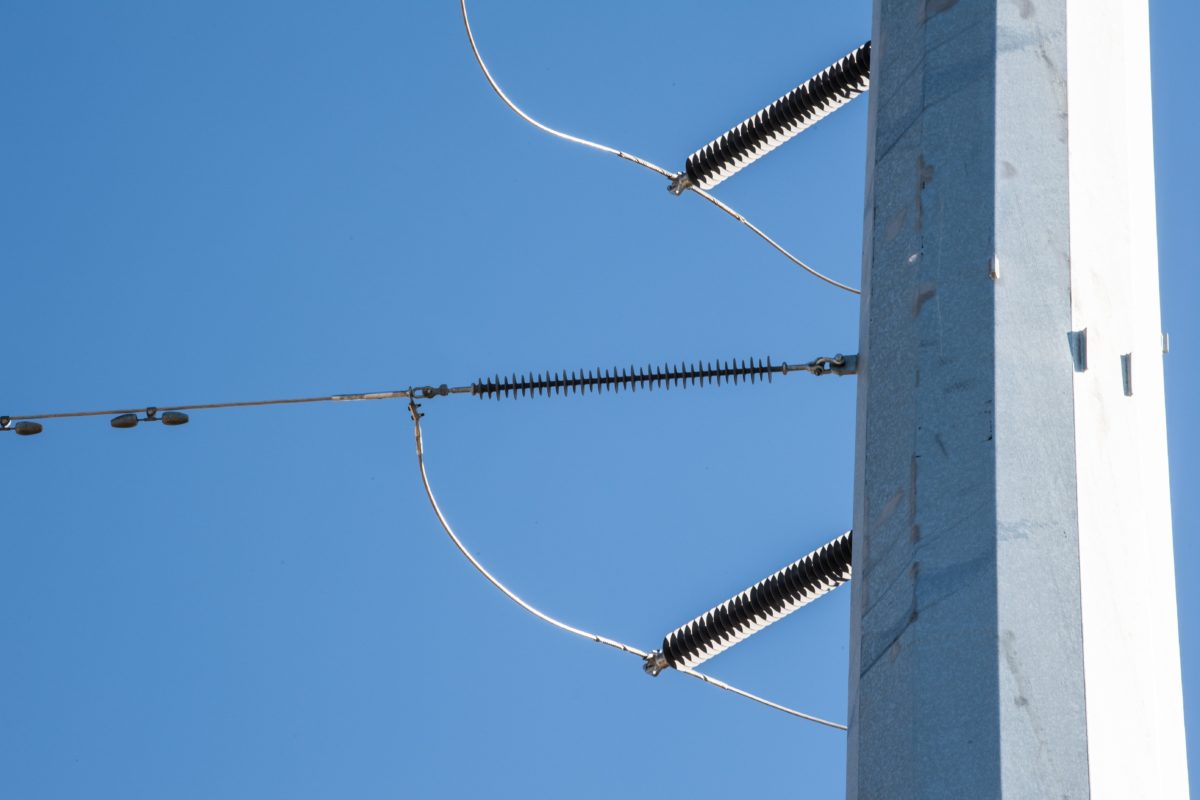With spare transmission “used up” across the U.S., the cost of connecting new solar and other generating projects, including transmission upgrade costs, has risen “dramatically” in recent years. In some cases interconnection costs have reached five to 10 times what they were a few years ago, according to a report from Americans for a Clean Energy Grid.
In most U.S. grid regions, new transmission capacity is needed for almost all of the projects in the queues, the report said. In addition, the current backlog delays electricity cost reductions for consumers, and slows rural job creation.
Relying on the interconnection process to identify needed transmission “leads to a piecemeal approach and inefficiently small upgrades, raising costs to consumers.”
The authors recommend that regional transmission organizations (RTOs) conduct comprehensive transmission planning to identify the transmission lines needed to connect many new projects to the grid.
The costs of interconnection, they said, should be paid for not just by interconnection applicants, but by all those who will benefit, noting that consumers will benefit from new low-cost generation enabled by added transmission.
For its part, the Federal Energy Regulatory Commission should reform the regional and inter-regional transmission planning process to “require broader pro-active and multi-purpose” transmission planning.
“Connecting to the transmission grid is like spending four years at the Department of Motor Vehicles” said Rob Gramlich, report co-author and executive director of Americans for a Clean Energy Grid. “FERC’s interconnection policy was created in a different era and it no longer works.”
Overall, 734 GW of generation projects were waiting in interconnection queues at year-end 2019. Ninety percent of the individual projects were solar, wind or storage projects.
The report maintains that “incremental” solutions “can help but not solve” the problem. The authors acknowledge that cluster studies, in which a number of interconnection requests are grouped and considered at once, enable several developers in an area to share the costs of required network upgrades. Even so, the cluster approach does not capture the economies possible from large regional and interregional transmission solutions, they say.
A shortage exists of “efficient regional transmission,” the authors said, stating that regionally planned transmission investments fell by 50% between 2010 and 2018. The shortfall has been made up in recent years with small local transmission projects constituting about half of recent transmission investments.
The report is titled “Disconnected: The Need for a New Generator Interconnection Policy.”
The views and opinions expressed in this article are the author’s own, and do not necessarily reflect those held by pv magazine.
This content is protected by copyright and may not be reused. If you want to cooperate with us and would like to reuse some of our content, please contact: editors@pv-magazine.com.








By submitting this form you agree to pv magazine using your data for the purposes of publishing your comment.
Your personal data will only be disclosed or otherwise transmitted to third parties for the purposes of spam filtering or if this is necessary for technical maintenance of the website. Any other transfer to third parties will not take place unless this is justified on the basis of applicable data protection regulations or if pv magazine is legally obliged to do so.
You may revoke this consent at any time with effect for the future, in which case your personal data will be deleted immediately. Otherwise, your data will be deleted if pv magazine has processed your request or the purpose of data storage is fulfilled.
Further information on data privacy can be found in our Data Protection Policy.